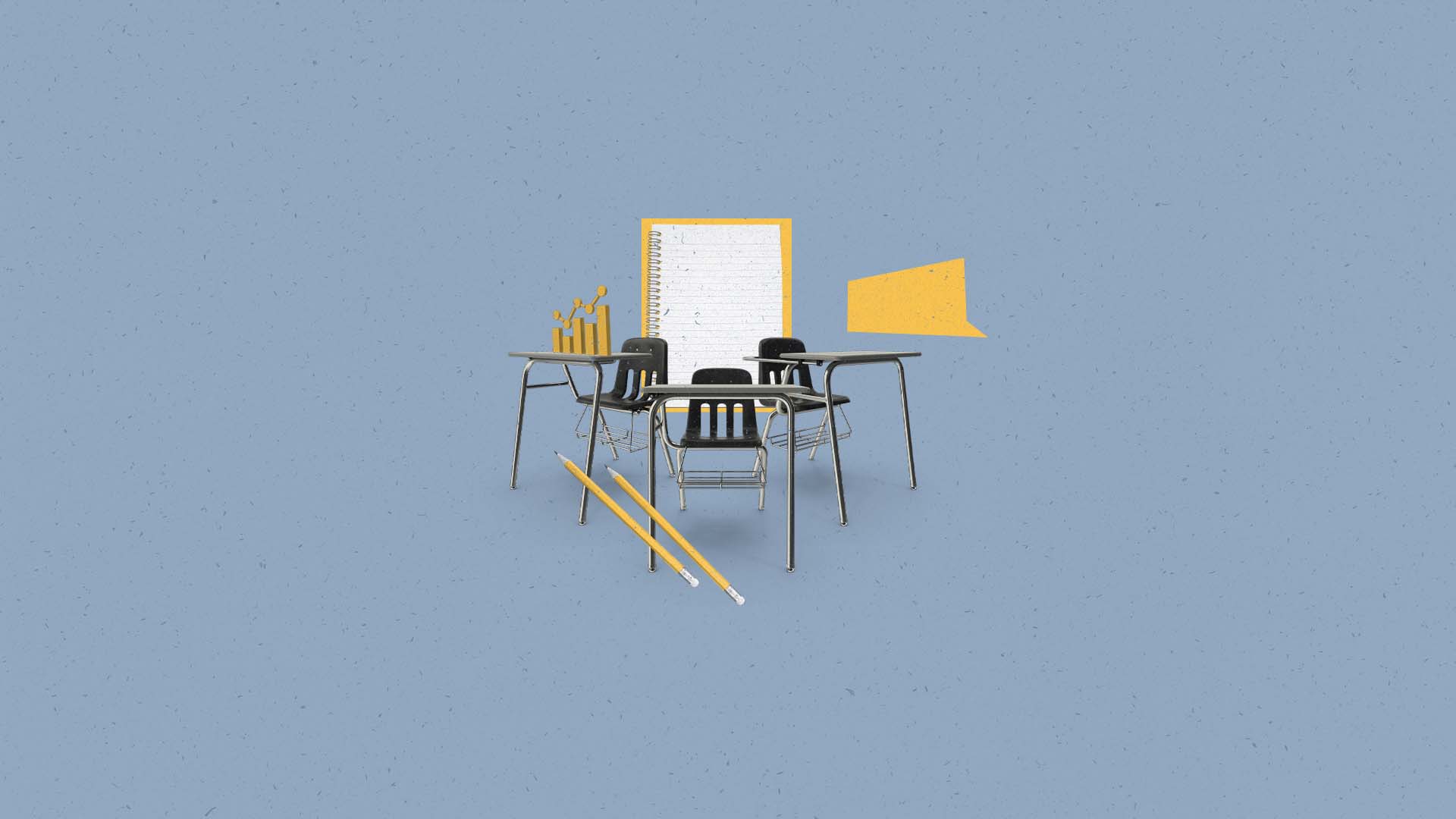
Have you asked your students how they want to learn?
On the most basic level, teaching is the transference of knowledge. It relies on one’s ability (the teacher) to transmit information on a specific topic to others (students) using analogies, outside work, and visuals. Dig a little deeper and you’ll find that teaching is really about guiding students along both in their education and their lives — in an effort to help them reach their full potential.
One of the reasons teaching is so difficult is that no two students are the same. Not only do they come from different backgrounds with varying home environments, but they also have different brains — meaning they process information differently.
While it’s impossible to cater a 400-person lecture or even a 20-person class to fit every student, you can meet them in the middle.
Doing this requires effort as the instructor to understand the types of learners students can be. From there, it’s important to learn what resources and tools exist for you to incorporate both in and out of class to help students retain course content in a meaningful way.
Types of Learners
Most students aren’t asked how they best learn.
Instead, they are tossed into century-old lecture courses with paper assignments that require little to no active recall of information on their end. They are brought up in a system that encourages them to cram for tests and then move on to the next course — quickly forgetting what they were taught.
What if the system were changed? What if both course time and course work was crafted with an understanding of student learning styles in mind?
A changed system would begin with understanding the four most common types of learners.
- Kinesthetic — Learn best by actively doing something (a lab, math problems, coloring diagrams)
- Reading and Writing — Learn best by taking notes or reading information (textbooks, typing notes, reading books related to the topic)
- Auditory — Learn best by taking in information when it’s heard or spoken (lectures, videos)
- Visual — Learn best through the use of visual aids (maps, graphs, charts, diagrams)
All this to say, students process information differently. Typically it’s not an issue of whether or not a student is capable of learning the course material and more of a matter of whether the information is presented in a way that makes sense to them.
For some, visuals make everything crystal clear, while for others, lectures go in one ear and out the other. That being said, some people don’t fall neatly into one category for all material, while for others, their style varies on the course content being taught.
Take for example, how students would best learn about chemical reactions. Physically seeing the reaction between baking soda and vinegar would be more impactful in their understanding of a double replacement chemical reaction than merely using only words to explain the concept.
Whereas, taking a field trip to a portion of the land from the Louisiana Purchase wouldn’t make much sense. Instead, using maps and videos to show the vastness and impacts of the deal would.
Active Learning
Now that the types of learning styles have been discussed, it’s time to learn how to run a class so that all students are able to get the most out of the time. Through various research studies, it has been shown that active learning is the most effective form of learning for retaining information. Instead of the traditional lecture style of learning — passive learning — classes are built around students being actively engaged in the course content.
Engagement takes many forms but some examples are peer teaching, debates, group projects, reflections, and short demonstrations. Through active learning, students of varying learning styles are able to absorb nuggets of information faster both in and out of class.
At Harvard, Logan McCarty, Director of Science Education at Harvard describes what a typical active learning class looks like: “In our classes, we start each topic by asking students to gather in small groups to solve some problems. While they work, we walk around the room to observe them and answer questions. Then we come together and give a short lecture targeted specifically at the misconceptions and struggles we saw during the problem-solving activity. So far we’ve transformed over a dozen classes to use this kind of active-learning approach. It’s extremely efficient — we can cover just as much material as we would using lectures.”
Ways to help your students learn better
- Get moveable furniture — This allows students to easily move into small group settings.
- Break outside of the traditional classroom mindset — Change up the seating (couches, floor cushions, rolling chairs), get outside, go on field trips, get rid of lectures, have students lead, and implement projects.
- Small group work — For classes that are in-person, have students physically move into groups. If online, use breakout rooms or chatrooms for various groups to convene.
- Use technology to your advantage — Use various software and programs that allow students to work synchronously and asynchronously on work in ways that they would not be able to otherwise.
- Get feedback — At the end of each term or year, ask students to review what went well and what didn’t. Specifically, ask about the information they retained and what helped them retain it.
- Metacognition — Have students reflect on how they studied for a test, journal their study habits, and write down the most confusing parts from class each day.
- Daily Quizzes — Instead of having students cram information in their heads once every few weeks for a test, actively practice retrieval through small daily or weekly quizzes that allow them to ingrain the information in their heads faster.